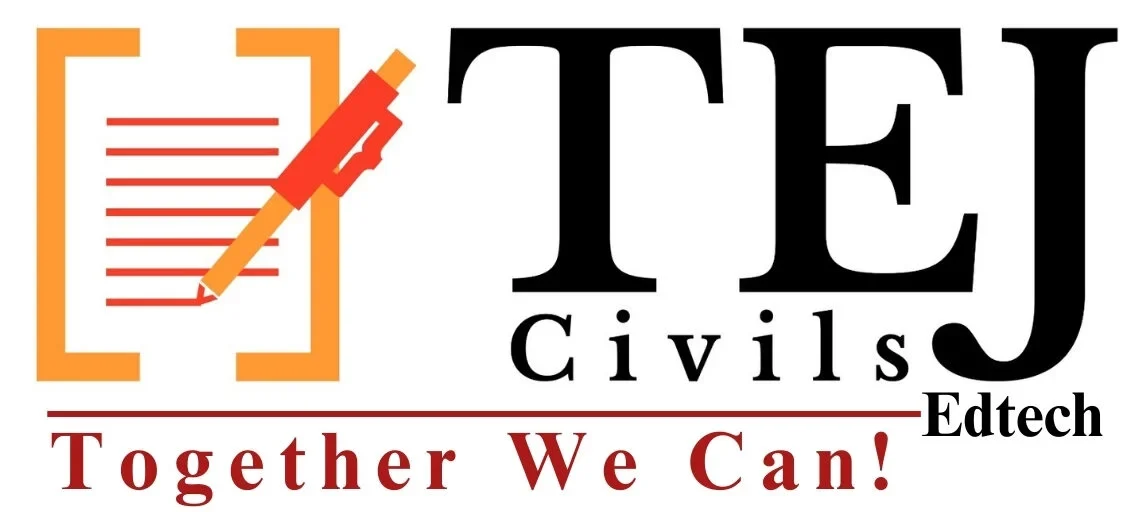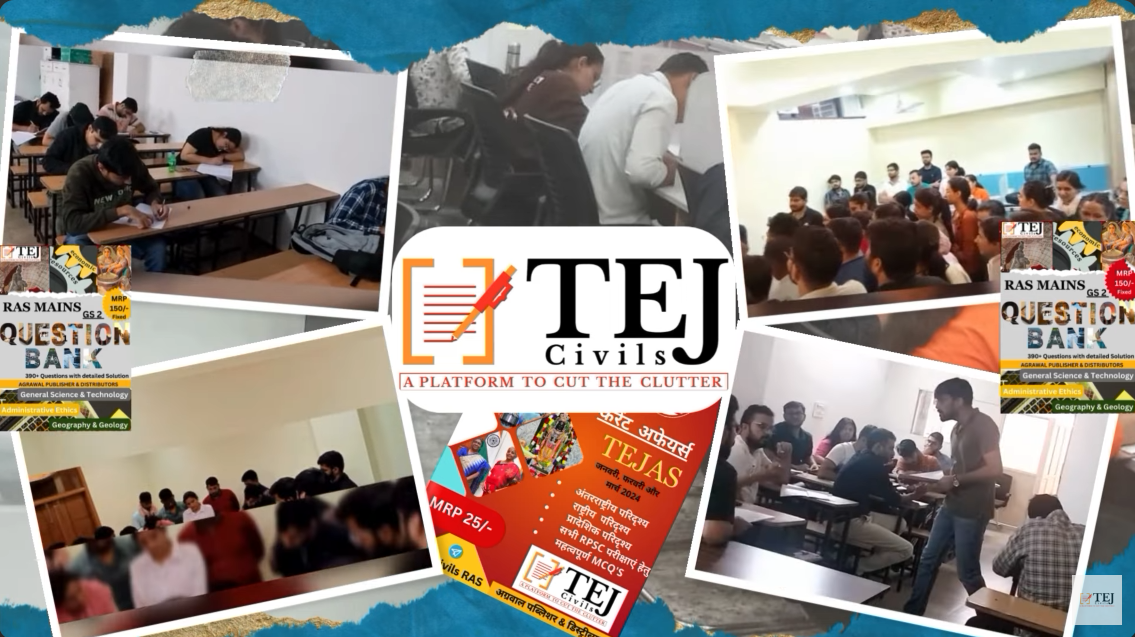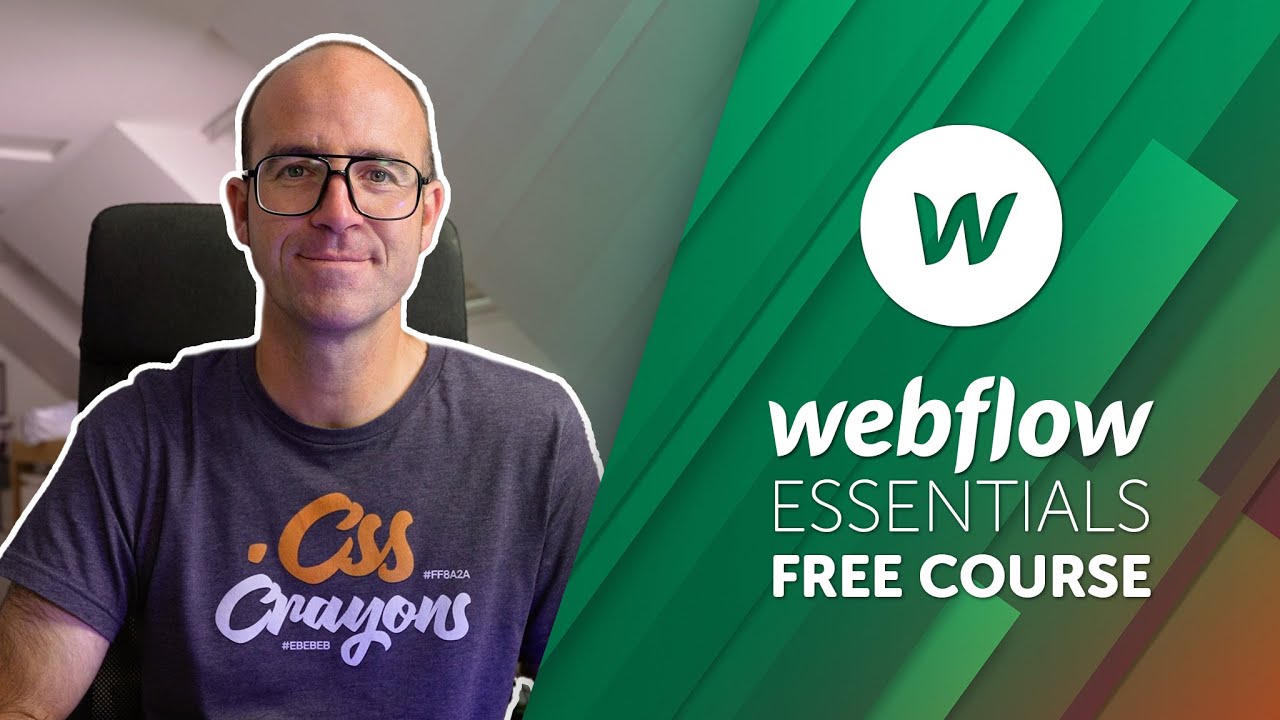Simultaneous Elections
Simultaneous Elections (One Nation One Election)
Definition:
Holding Lok Sabha and State legislative assembly elections together to reduce frequency and costs.
History
- Held in 1951-52, 1957, 1962, 1967.
- Schedule broke after 1967, not realigned since.
Recent Development
Highlighted in 2014 by PM Modi. A committee headed by Ram Nath Kovind examined the issue.
Key Suggestions by Ram Nath Kovind Panel
Stepwise Process:
- 1st Step: Lok Sabha and state assembly elections.
- 2nd Step: Local body elections within 100 days.
- Hung House: Fresh elections for remaining term only.
Constitutional Amendments Needed:
- Articles 83 and 172 for duration of Parliament and State legislatures.
Ratification by States Required:
- Article 324A for simultaneous panchayat and municipal elections.
- Article 325 for a common electoral roll and voter ID.
Arguments in Favour
- Cost Saving: Reduces election expenditure.
- Governance Continuity: Avoids frequent Moral Code of Conduct periods.
- Manpower Efficiency: Frees manpower from extended election duties.
- Focus on Governance: Less time spent in election mode.
Arguments Against
- Logistical Challenges: Difficult coordination of schedules and resources.
- Regional Issues Overshadowed: National issues may dominate over state issues.
Way Ahead
- Improved Governance: Synchronized elections will enhance transparency and voter confidence.
- 22nd Law Commission: Expected to recommend simultaneous elections by 2029.





















